Earth’s surface is the arena for most life and all human activity. The Earth’s surface acts as a diffusive boundary that separates the atmosphere from the lithosphere, resulting in a global topography determined by the interaction of tectonic and climatic processes. The Earth’s surface environment is an active and complex place, at the interface of the lithosphere, the atmosphere, and the biosphere. Earth’s surface displays a rich diversity of igneous rock from which most other rocks are derived. The majority of igneous rocks are either ocean floor basalts or continental granitics. The processes that produce this strong bimodality are physical processes, buttressed by chemical processes, associated with a prevailing tectonic theme. An earth surface system is a set of interconnected components of the earth surface environment that function together as a complex whole. Earth’s surface modeling is generally defined as a spatially explicitly digital description of an earth surface system or a component of the earth surface environment. Earth surface processes are important for scientific, engineering, environmental, and economic reasons. Earth surface processes include weathering; sediment production by weathering and biochemical or chemical precipitation; erosion, transport, and deposition of sediment under the influence of gravity, flowing water, air, and ice; earthquakes and Earth surface motions; volcanic eruptions and movement of volcanic ejecta. Study of the landforms (morphology) of the Earth’s surface, including the processes responsible for such landforms, is called geomorphology. Earth Surface Processes considers the physical and chemical fluxes across the Earth’s surface, the processes that determine these fluxes, and the resulting landscapes. The Earth’s surface long-term evolution is controlled by the combination of tectonic, erosion and climate processes. Earth’s surface is continuously evolving and is the result of the complex interactions between Earth’s internal (endogenetic) and external (exogenetic) processes. Endogenetic and exogenetic interactions result in landforms and landscapes that are the product of numerous different processes, and thus are ‘polygenetic’ in origin. This book content is designed as per the requirement of a B. Sc. Environmental Science Honors. Students to meet all their requirements according to their syllabus for Core 1 in first semester. The paper introduces students to the basic structure and composition of the Earth and will explore various surface processes and their impact on and role in living systems. It will also deal with the interactive processes in the inner as well as outer Earth’s surface. His Book will also help the students to know more about our earth and earth surface processes to prepare for different competitive examinations.

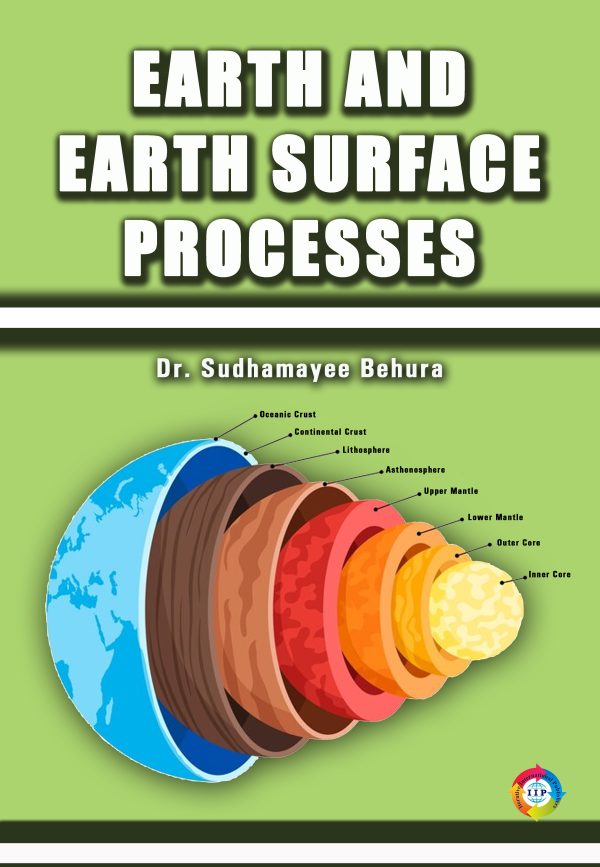
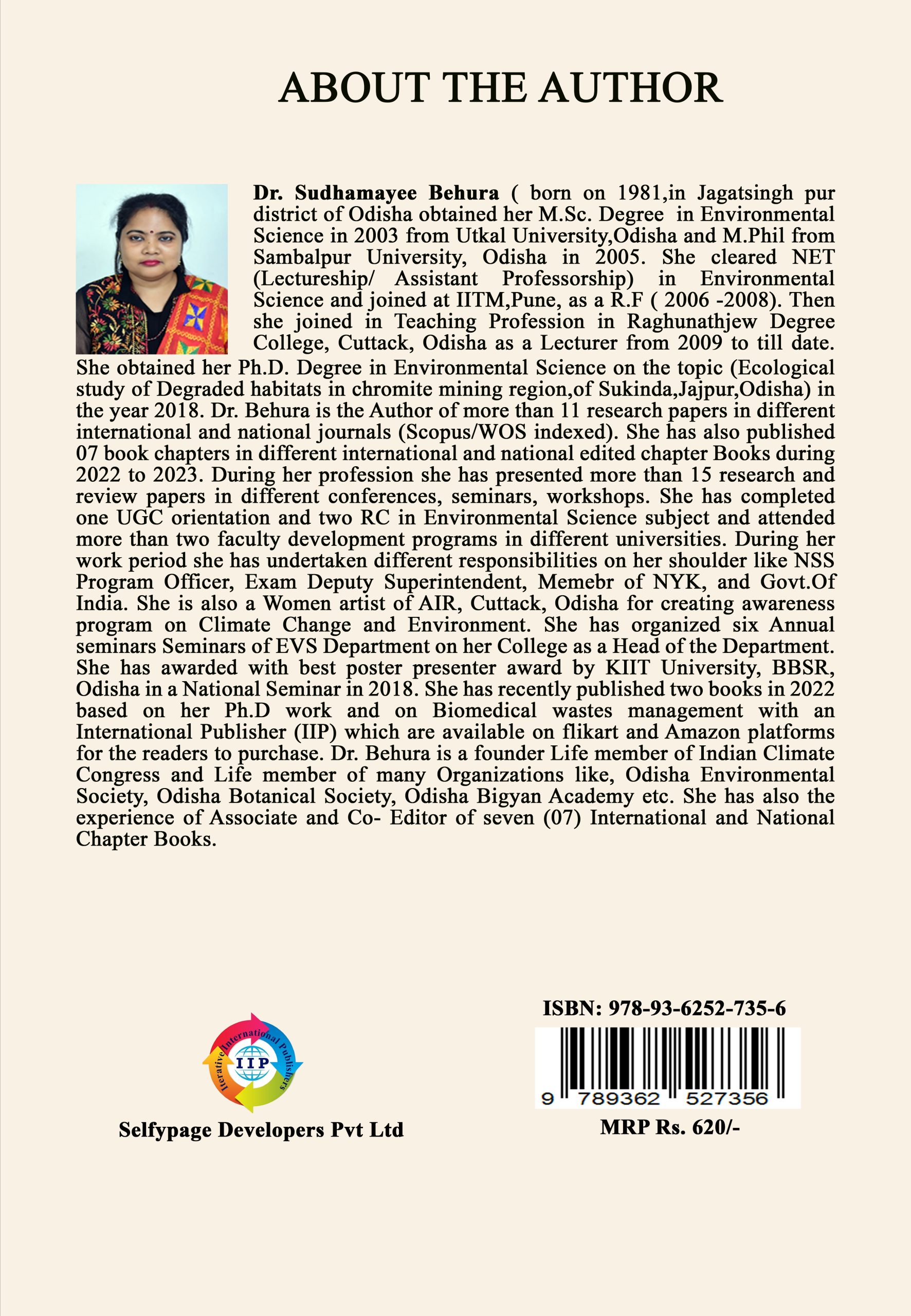
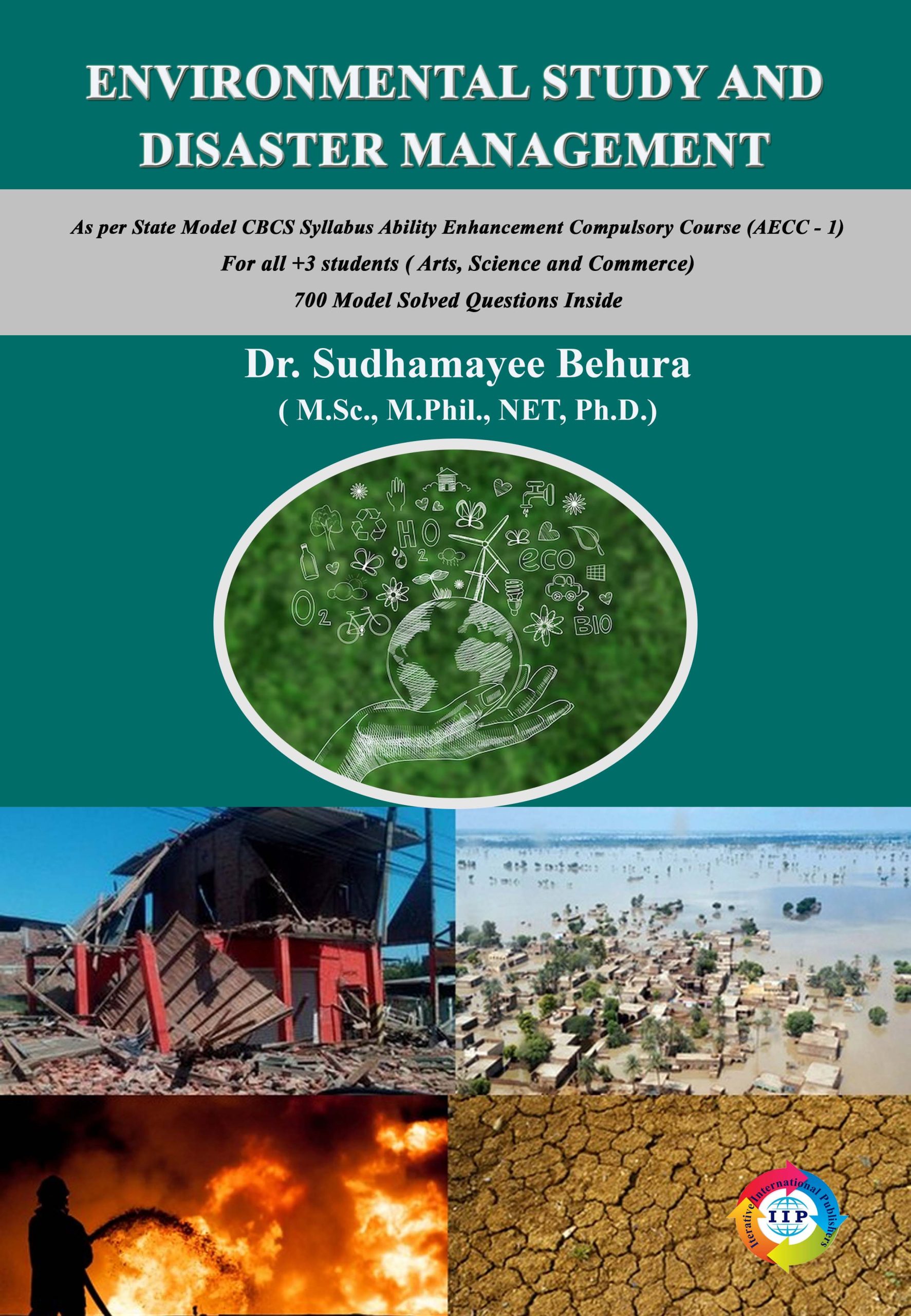
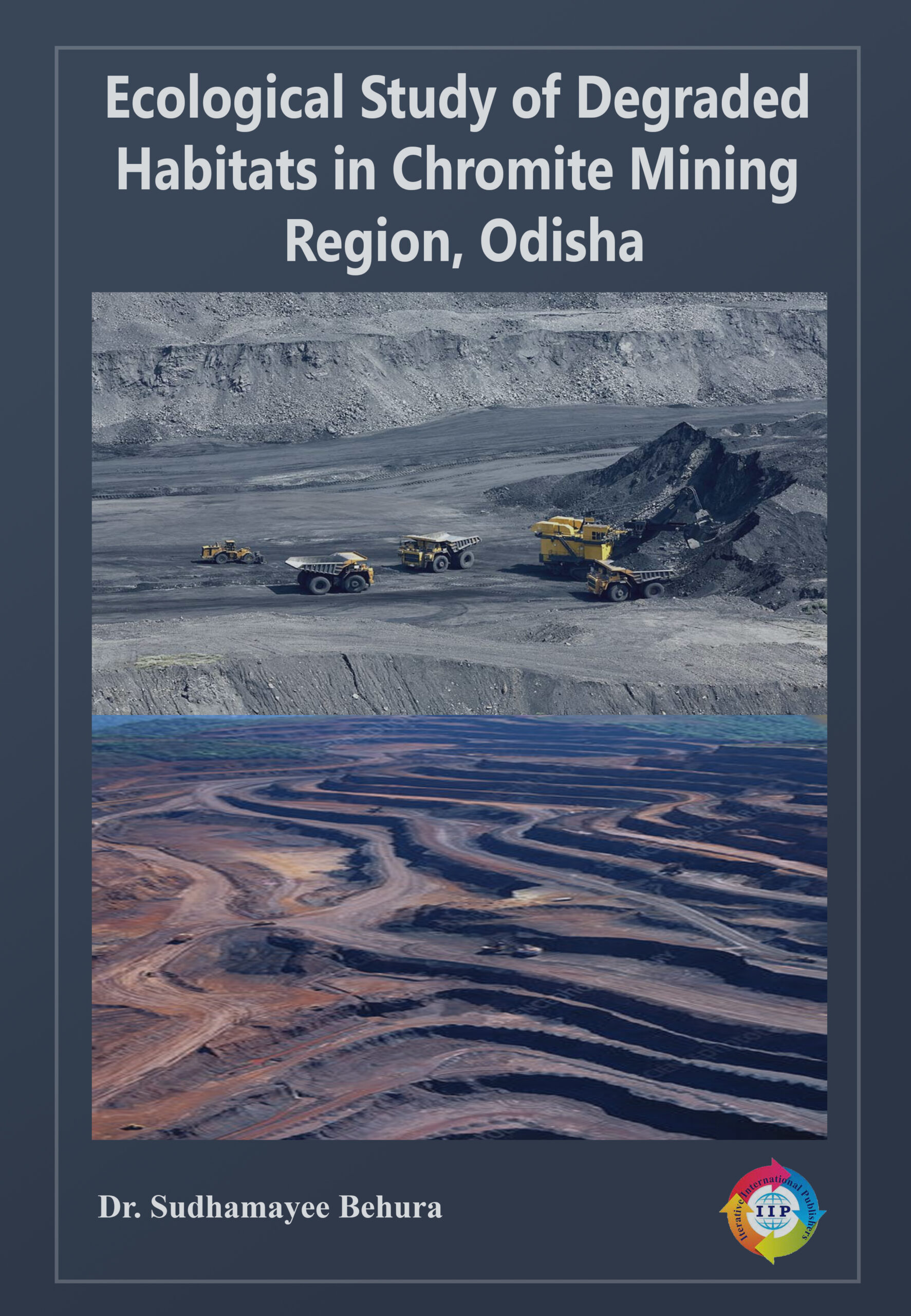
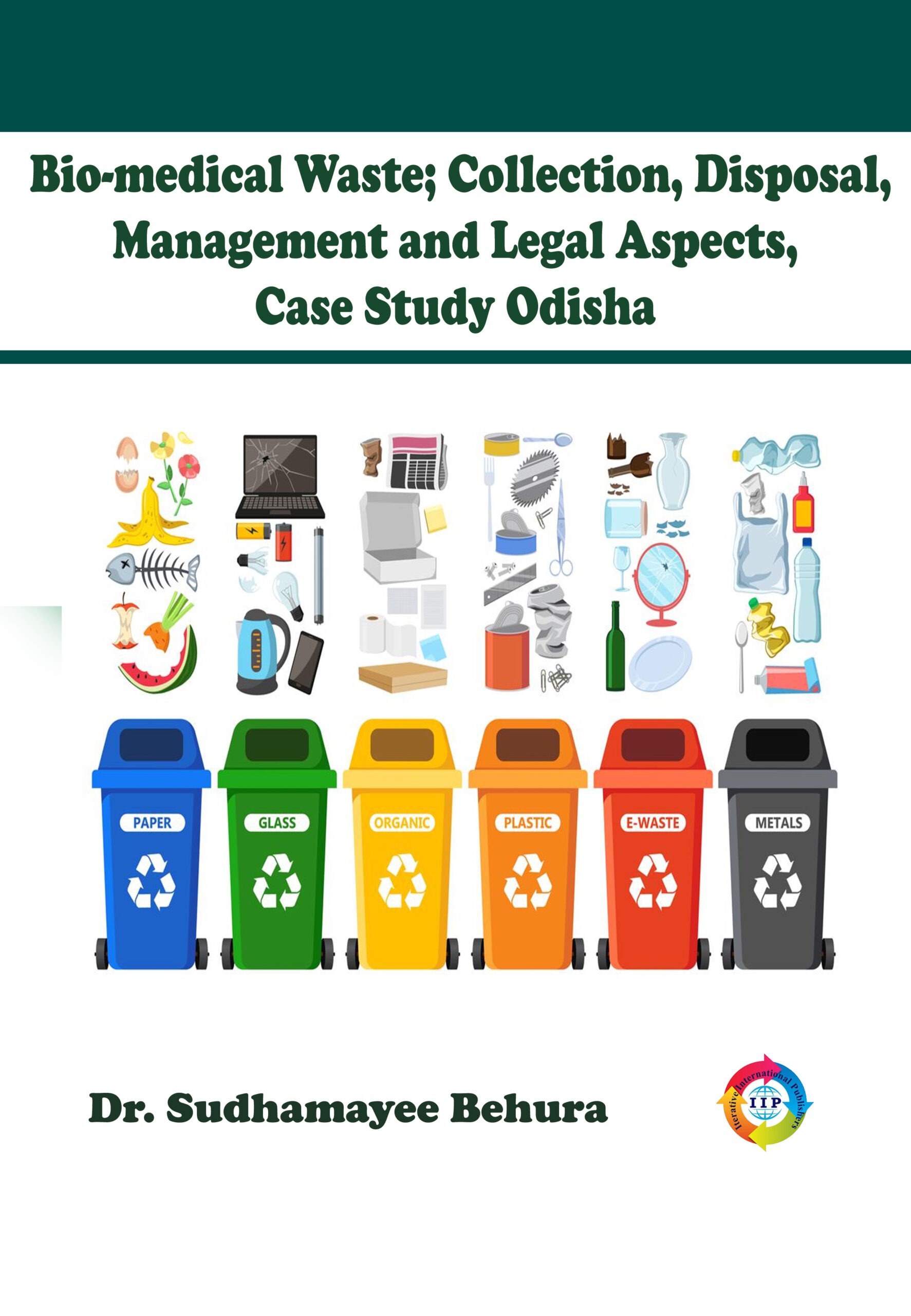
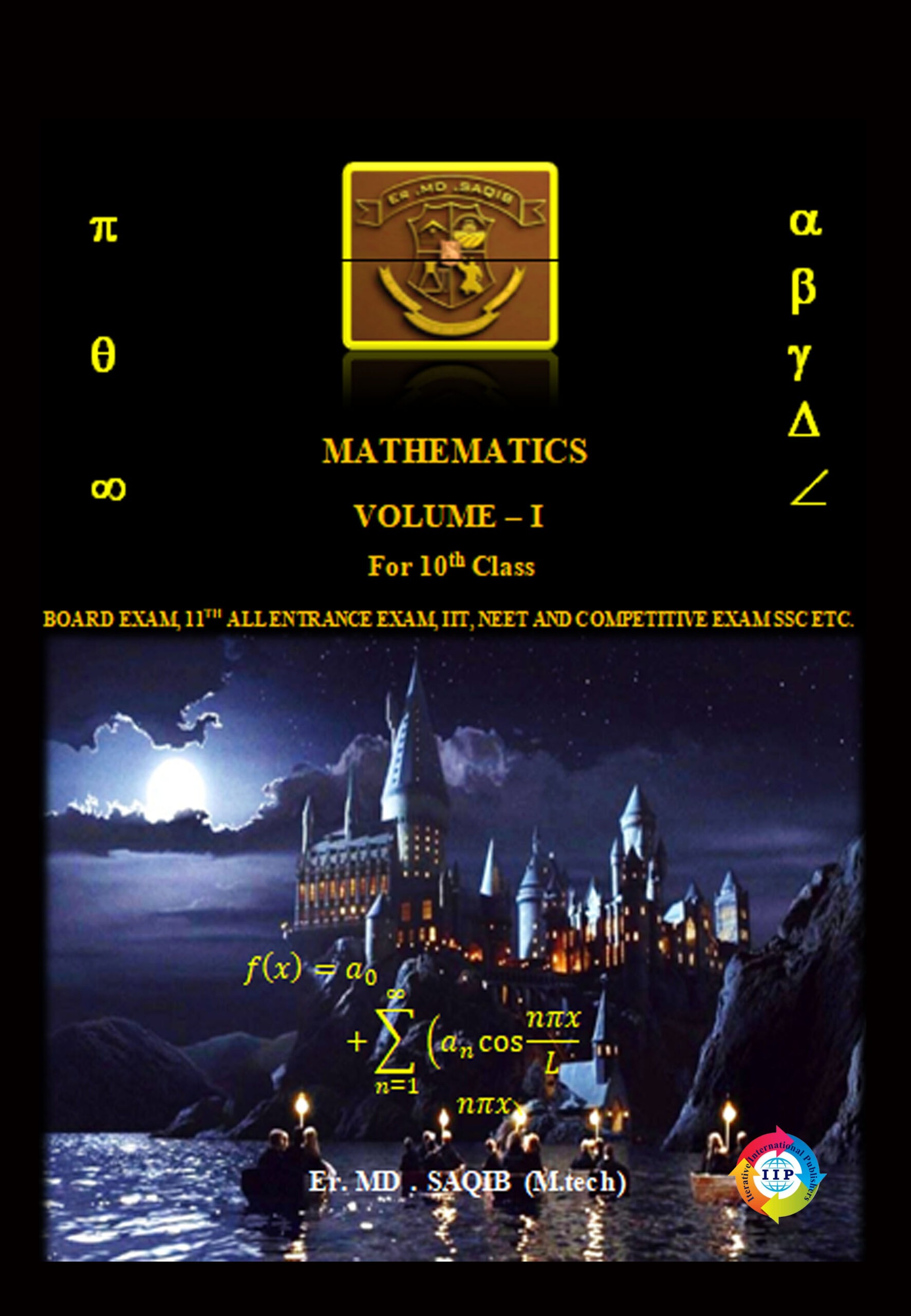
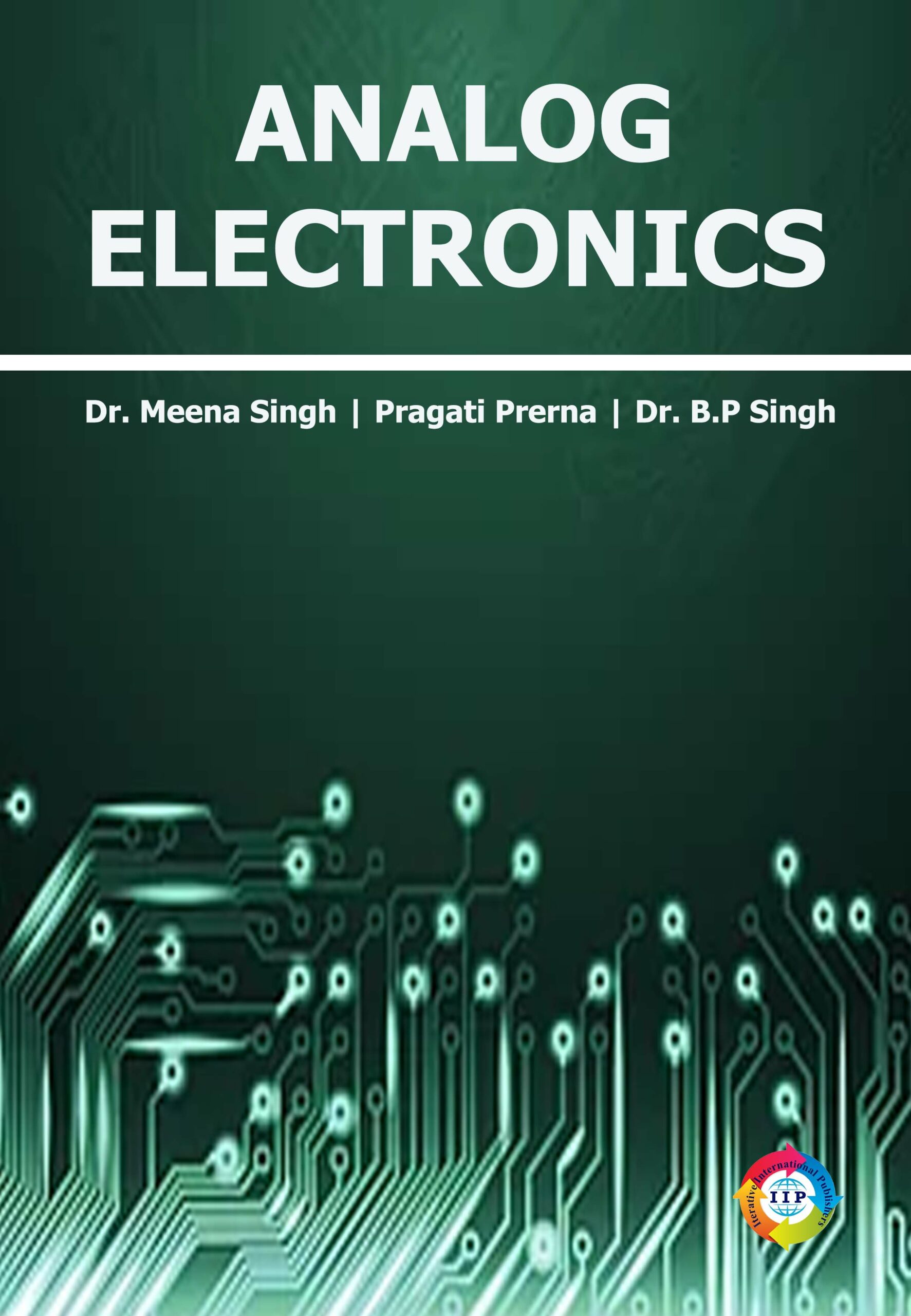
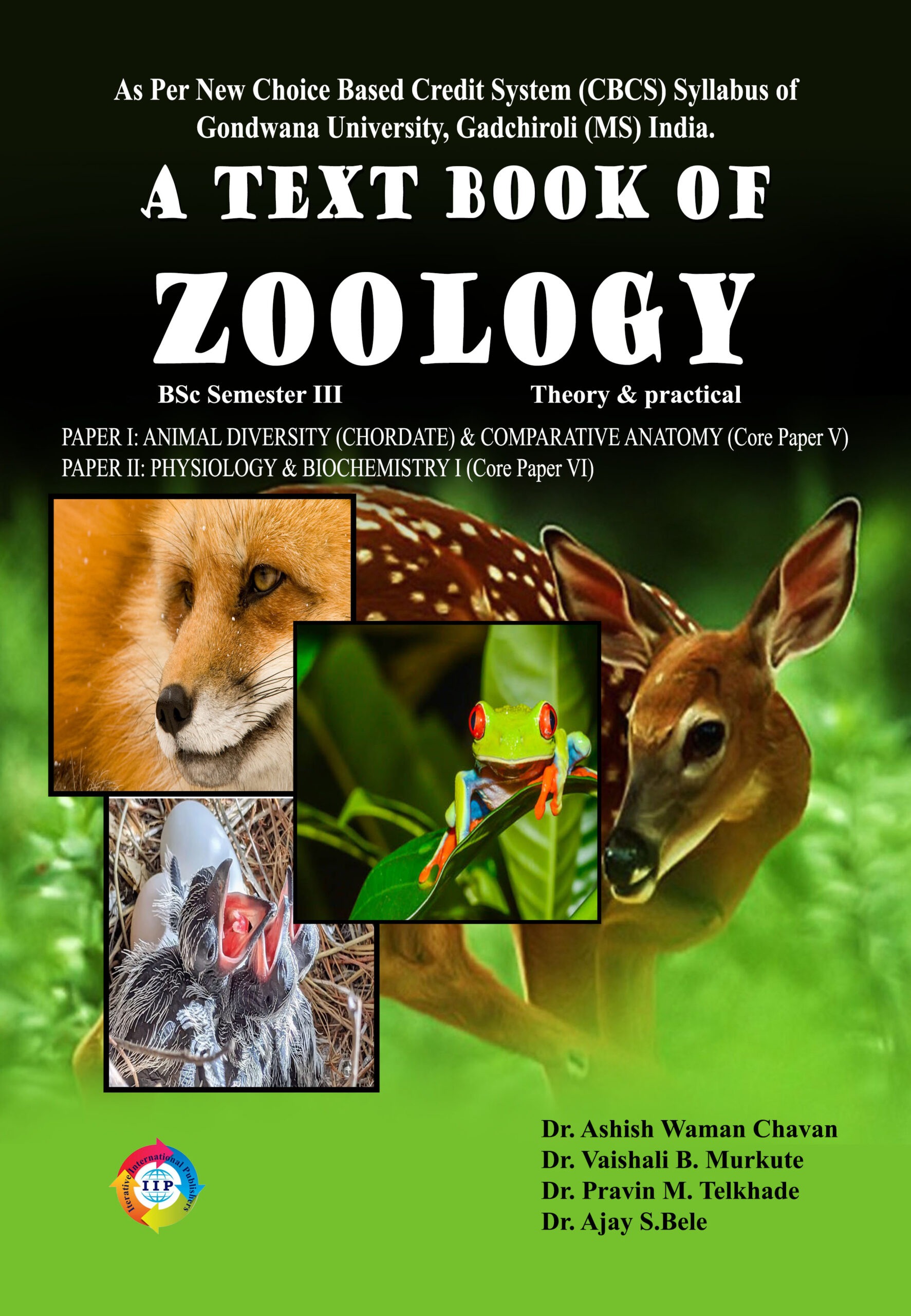

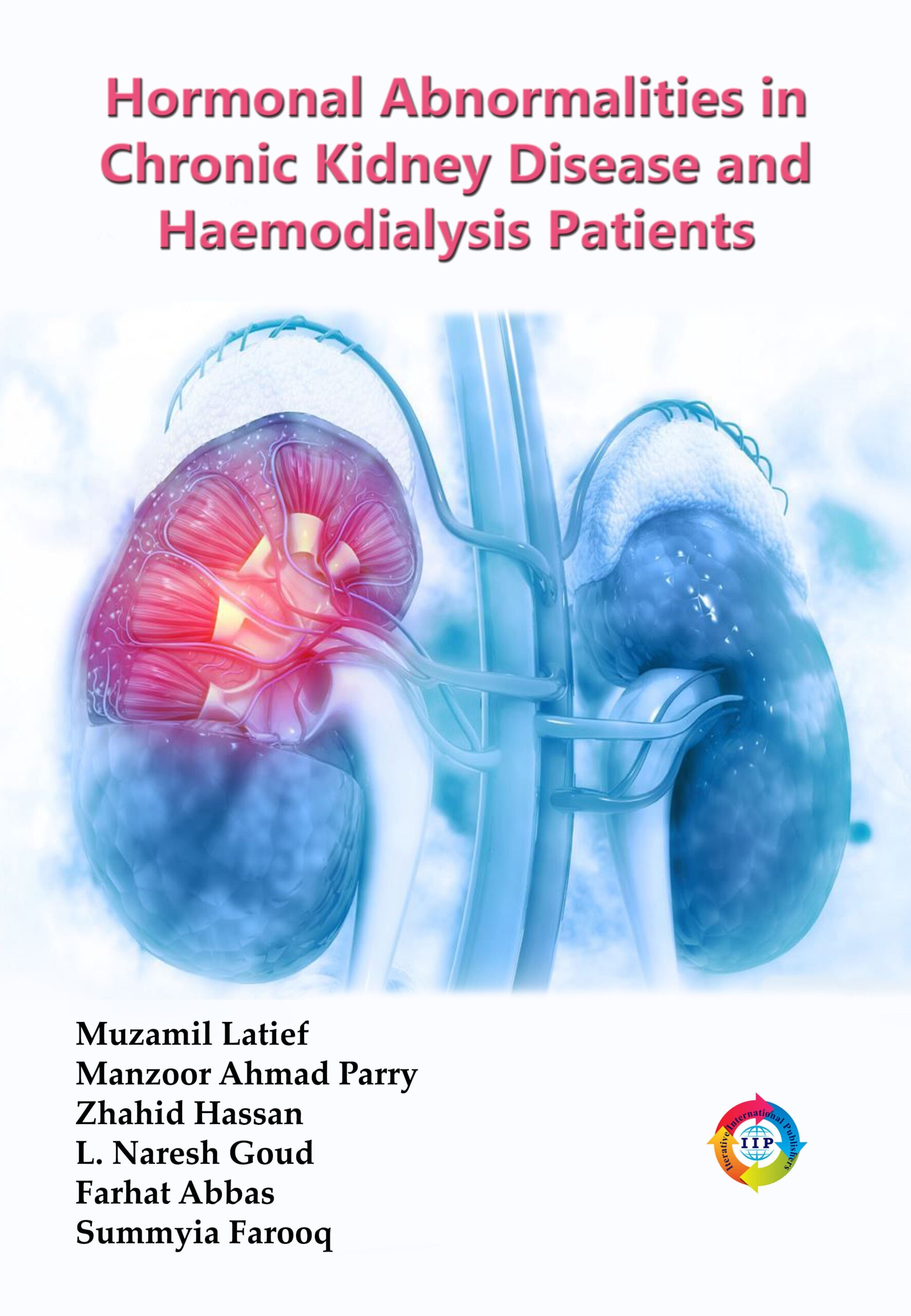
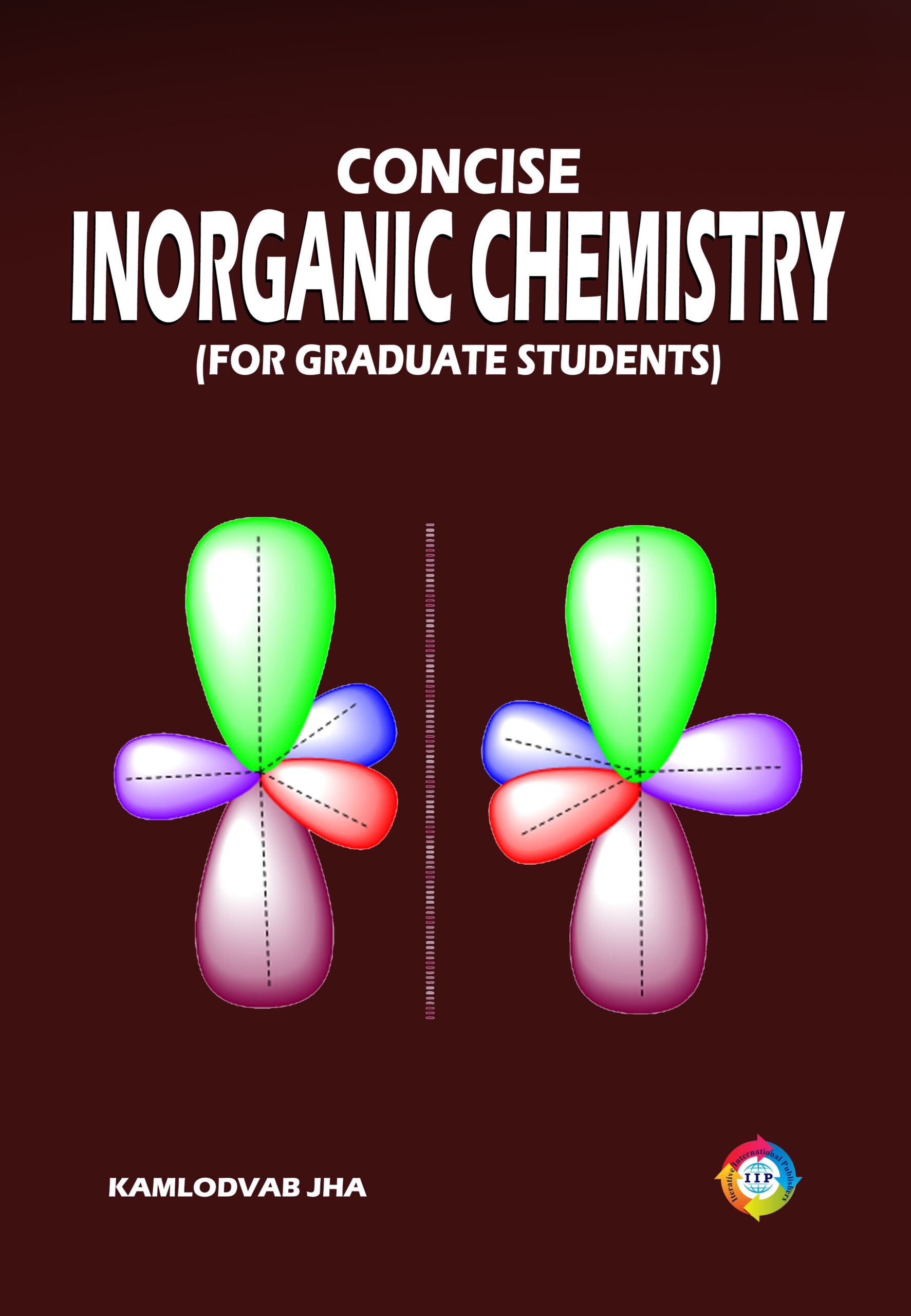
Reviews
There are no reviews yet.